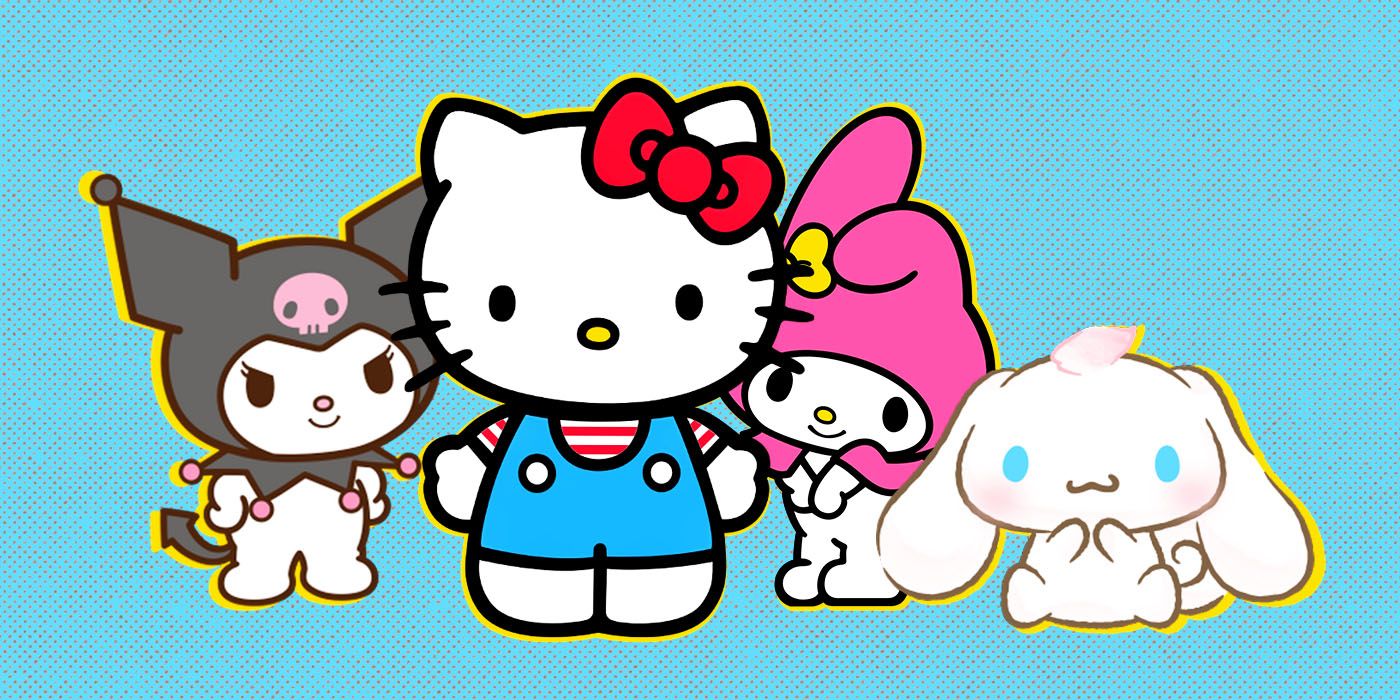
Fifty years ago, a small, white cat with a red bow and no mouth first appeared on a coin purse in Japan. This simple design, created by a stationery company, quickly became known as Hello Kitty and helped launch the ‘kawaii’ culture that’s now popular around the world. Over the past five decades, Hello Kitty has become a global icon, appearing on everything from TV and stage productions to trains and airplanes – making her arguably the most recognizable symbol of Japan.
Hello Kitty, despite being a quiet character, has become a massive global success, generating eighty billion dollars in revenue. For half a century, she’s triumphed over established brands like Dragon Ball, Pokémon, Barbie, Mickey Mouse, Miffy, and the Moomins, and has become more than just a character – she represents a universal feeling of cuteness, comfort, and connection.
How Hello Kitty Built a Global Media Empire Using Bows
.jpg)


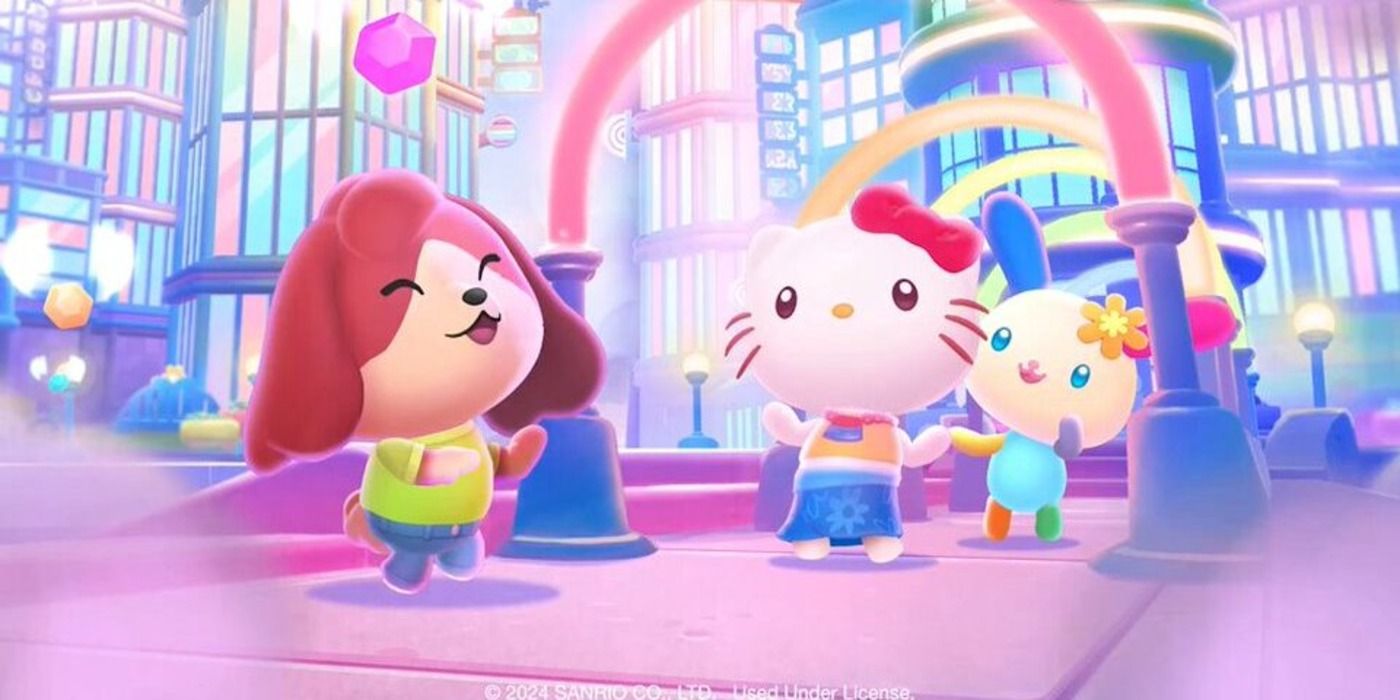


Hello Kitty first appeared in 1974, created by designer Yuko Shimizu for Sanrio. Sanrio was a company that initially sold small gifts decorated with strawberries and flowers, but would later become famous for defining ‘kawaii’ – the culture of cuteness. Hello Kitty, whose full name is Kitty White, was imagined as a happy British schoolgirl who enjoyed baking, especially apple pie. Her simple design made her easy to feature on all sorts of products, but the key to her appeal was her almost expressionless face. Because she doesn’t have a mouth, people could project any emotion onto her – happiness, sadness, comfort, or simply a neutral expression.
Shintaro Tsuji, who created Hello Kitty and led Sanrio, explained in The Toys That Made Us that Hello Kitty represents three key ideas: being kind to each other, the red bow symbolizing friendship and good intentions, and her lack of a mouth reminding us that showing compassion through actions is more powerful than just saying it. Hello Kitty became the face of Sanrio and was joined by other popular characters like Kuromi, My Melody, and Cinamoroll. While initially created for children, Hello Kitty also became incredibly popular with adults who appreciated her uncomplicated and gentle expression of caring.
Sanrio’s branding quickly became popular around the world, and by the 1990s, Hello Kitty was everywhere you looked. She appeared on everything from school supplies and clothes to themed cafes and phone accessories. Remarkably, Hello Kitty remained popular through changing trends and remained recognizable to people of all ages. Even as her original fans grew older, her image – and the values of love and friendship she represents – led to countless partnerships, and her signature red bow is now a globally recognized symbol.
Hello Kitty Paved the Way For Japan’s Biggest Cultural Icons
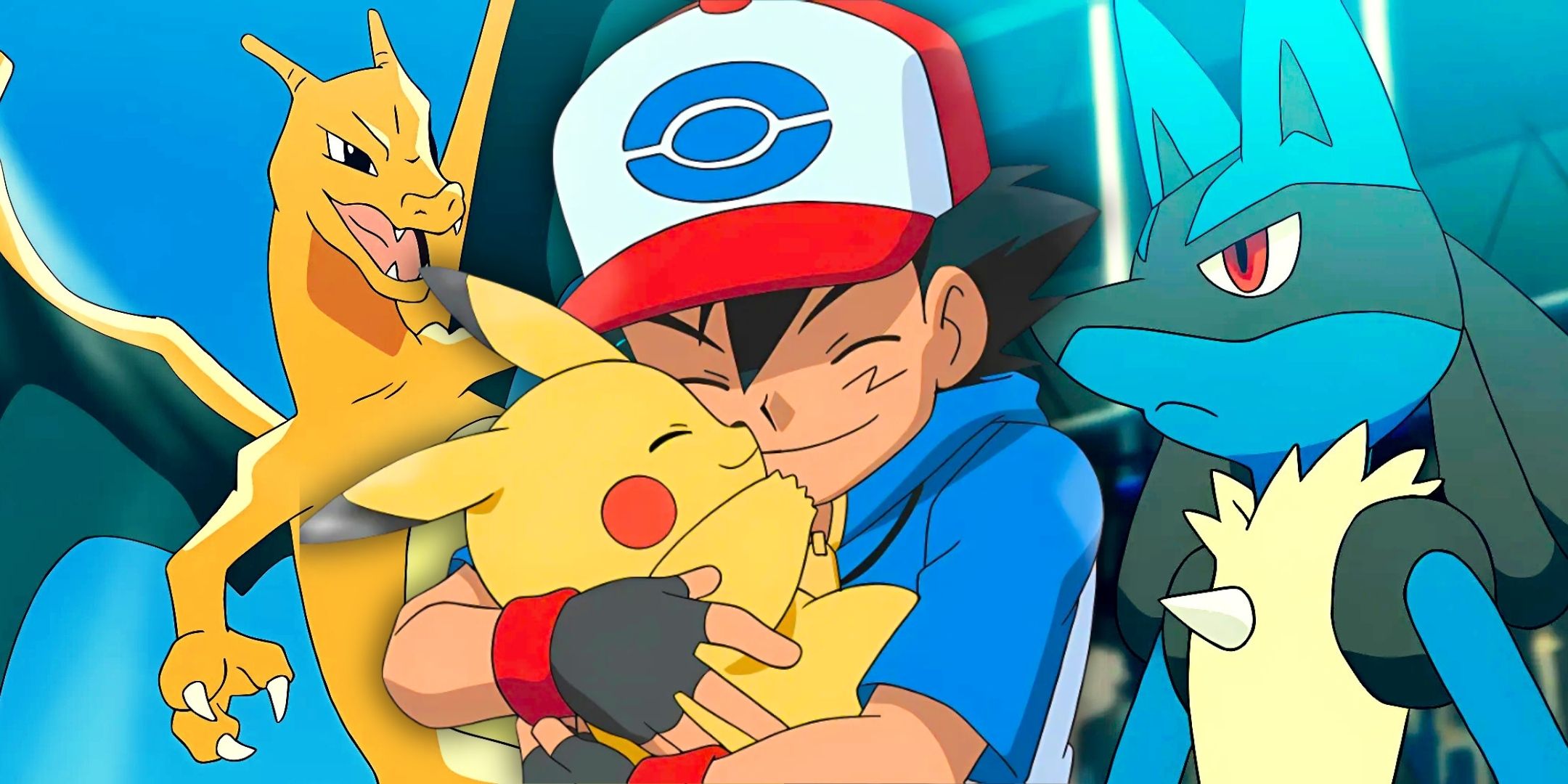
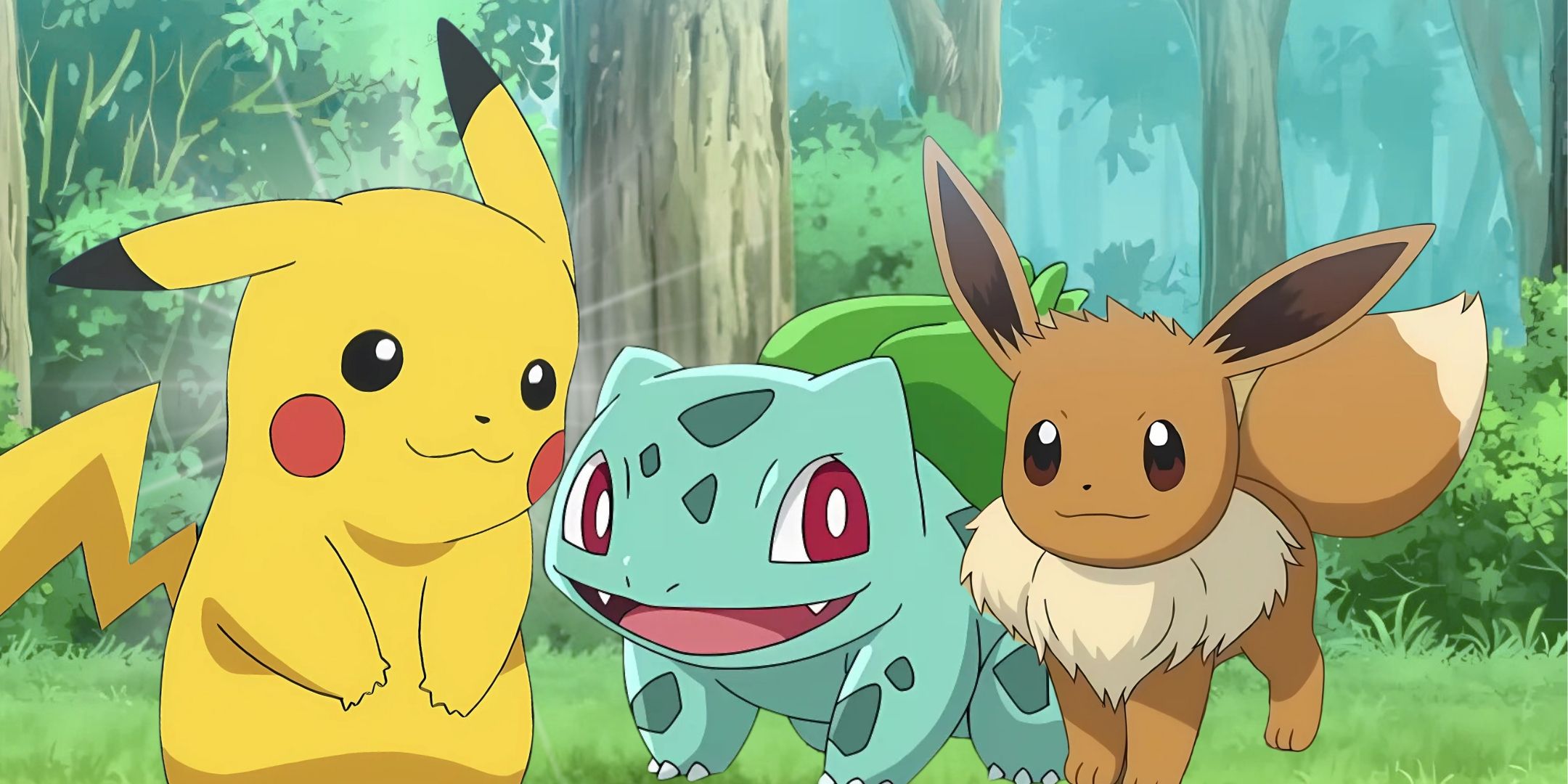
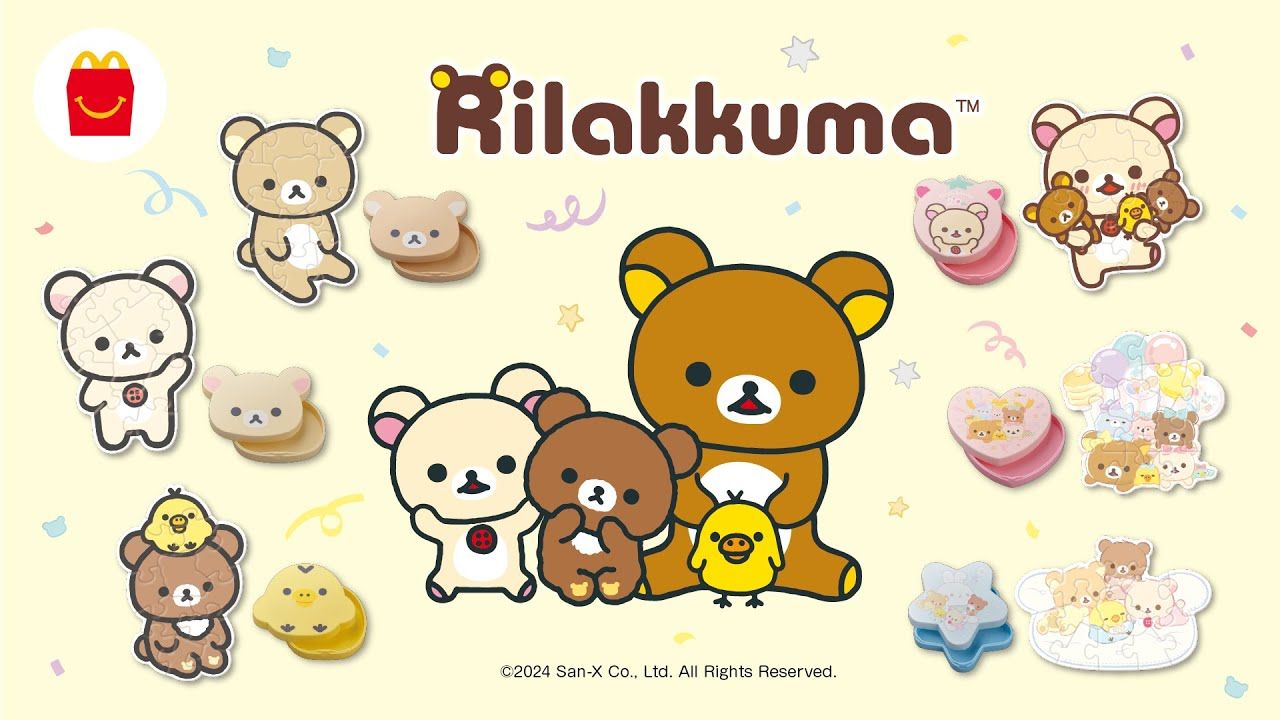
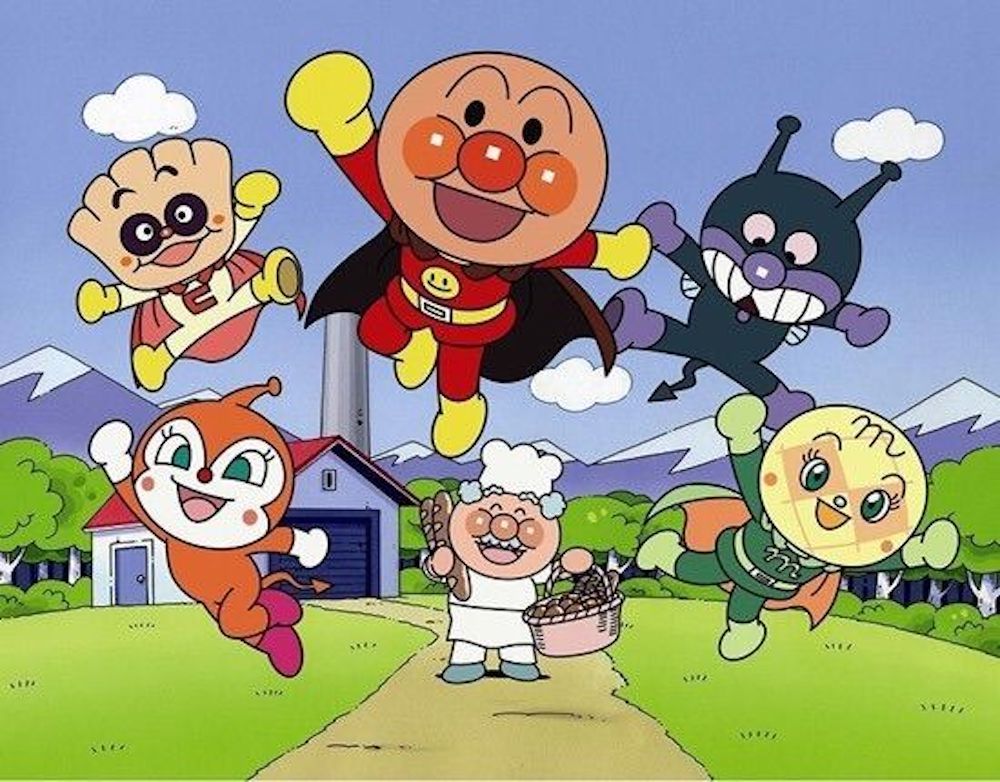
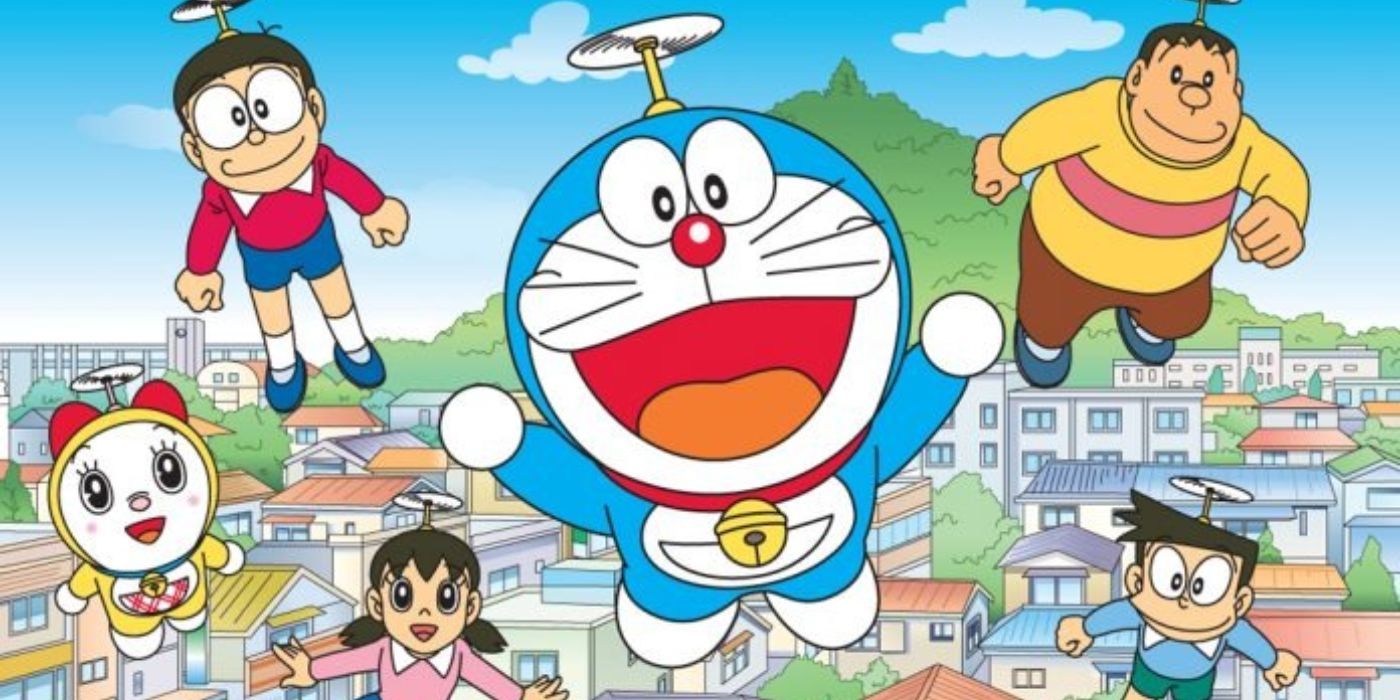
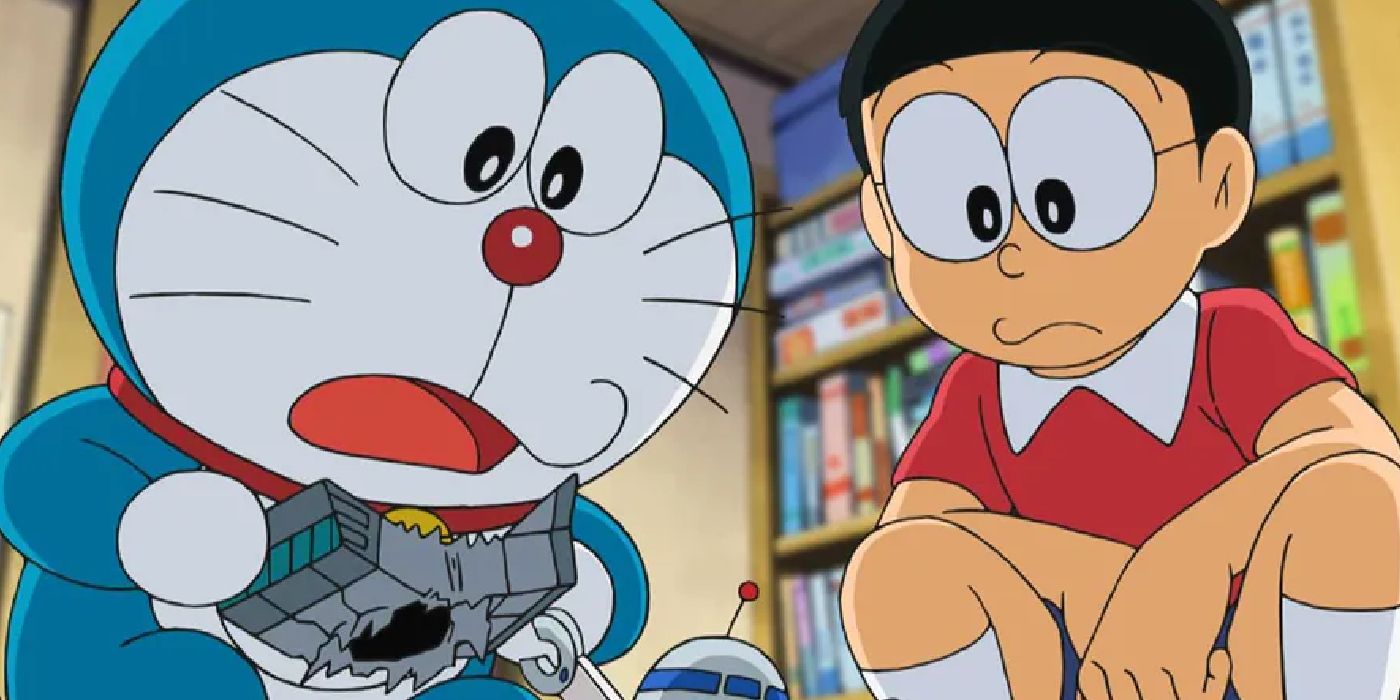
Japan is incredibly skilled at creating popular characters, and it’s more than just Hello Kitty. Classic anime series from the 80s and 90s, like Dragon Ball and One Piece, developed characters people adore, though few franchises centered around a single character have become truly iconic. These successes helped launch newer characters like Gudetama and Pusheen, but none have achieved Hello Kitty’s widespread popularity. Pokémon is the most financially successful media franchise ever, earning over $113 billion. Through video games, trading cards, and its popular anime, Pokémon created a vast entertainment empire that has influenced entire generations.
I’ve always been struck by how similar, yet different, Pikachu and Hello Kitty are. Pikachu, that little yellow electric mouse, was clearly designed to be instantly known and used everywhere – just like Hello Kitty. You see both characters on everything, from stuffed animals to clothing to in theme parks. But while Hello Kitty is all about ‘kawaii’ – that cute, endearing aesthetic – the world of Pokémon revolves around battling. It’s interesting because Pokémon emphasizes friendship as a core theme, but Hello Kitty’s brand is built on connection and friendliness. Her simple, peaceful design makes her feel welcoming to almost anyone. To me, Hello Kitty is more of a recognizable brand overall, while Pikachu is instantly tied to the Pokémon story and world.
Anpanman is a beloved and iconic figure in Japan, though he hasn’t achieved the same international fame as Hello Kitty. Created in 1973 by Takashi Yanase, Anpanman is a superhero with a head made of sweet bread and a distinctive red nose. His animated series, Let’s Go! Anpanman, is incredibly long-running, with over 1600 episodes. While both Anpanman and Hello Kitty promote themes of love and friendship, Anpanman uniquely emphasizes generosity – he literally shares pieces of his head to help those in need. Like Hello Kitty, Anpanman is widely used on merchandise and consistently ranks among Japan’s most popular characters. The entire franchise is worth over $38 billion and boasts five museums dedicated to it across Japan. However, unlike Hello Kitty, whose appeal lies in its design, Anpanman’s popularity is driven by its storytelling, which has limited its reach outside of Japan.
Rilakkuma, the relaxed bear created by San-X, has become a popular symbol of ‘kawaii’ (cuteness) around the world. First appearing in 2003, Rilakkuma’s whole concept is about taking it easy – his name actually means “relax bear”! He represents a gentle escape from the pressures of everyday life. The Rilakkuma brand has generated over $10 billion through products, partnerships, and even a Netflix show. Like Hello Kitty, he’s known for his adorable appearance, but he relies more on visual appeal than a detailed backstory or voice, letting fans connect with him in their own way. While incredibly successful commercially, Rilakkuma hasn’t quite reached Hello Kitty’s level of global fame, although a new anime series from Project I.G. might change that.
Doraemon, a blue robotic cat from the future, first appeared in a Japanese comic book in 1969 and quickly became a national icon. Created by Fujiko F. Fujio, the series centers around Doraemon’s friendship with Nobita, a young boy he helps with futuristic gadgets. Known for its heartwarming themes of loyalty and friendship, Doraemon is hugely popular throughout Asia. While it has generated around $1.9 billion in revenue—less than franchises like Pokémon or Hello Kitty—Doraemon’s cultural impact in Japan is significant. He was even named Japan’s first “anime ambassador” in 2008. Like Hello Kitty, Doraemon is cute and comforting, but his stories—rather than his appearance—are what truly connect with audiences, which has somewhat limited his popularity outside of Asia.
Even The Dragon Ball Empire Can’t Compete With Hello Kitty
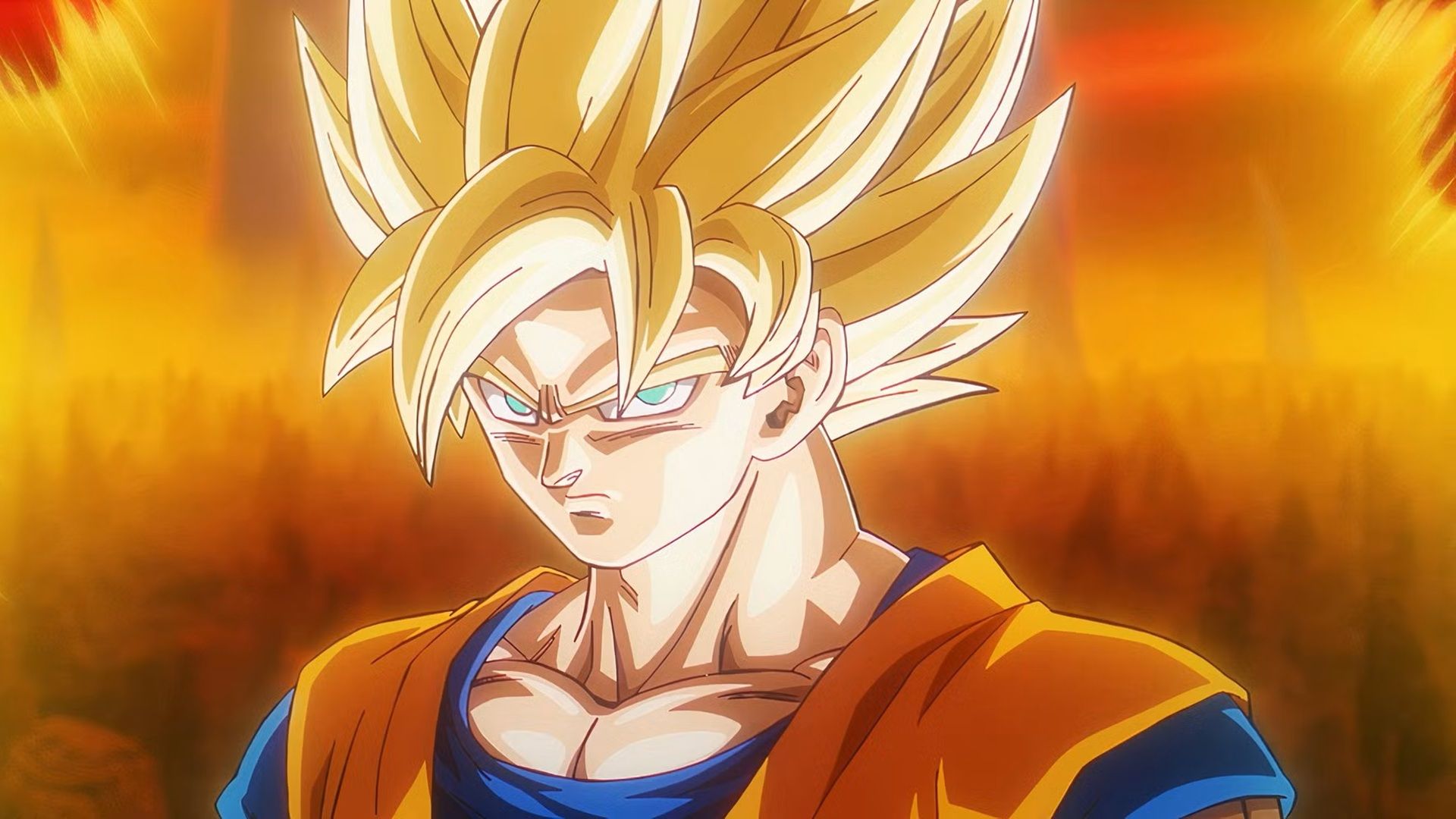

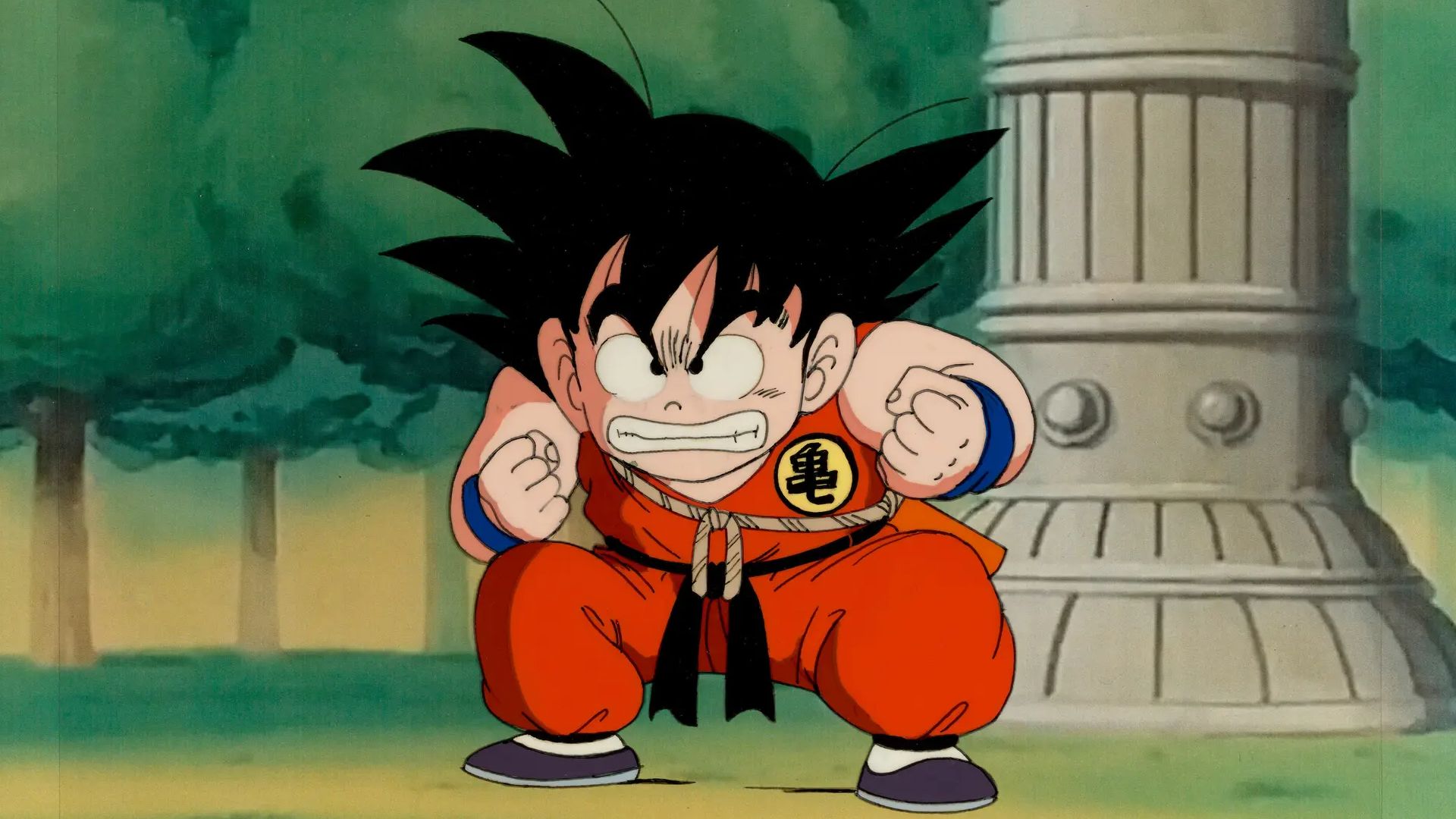

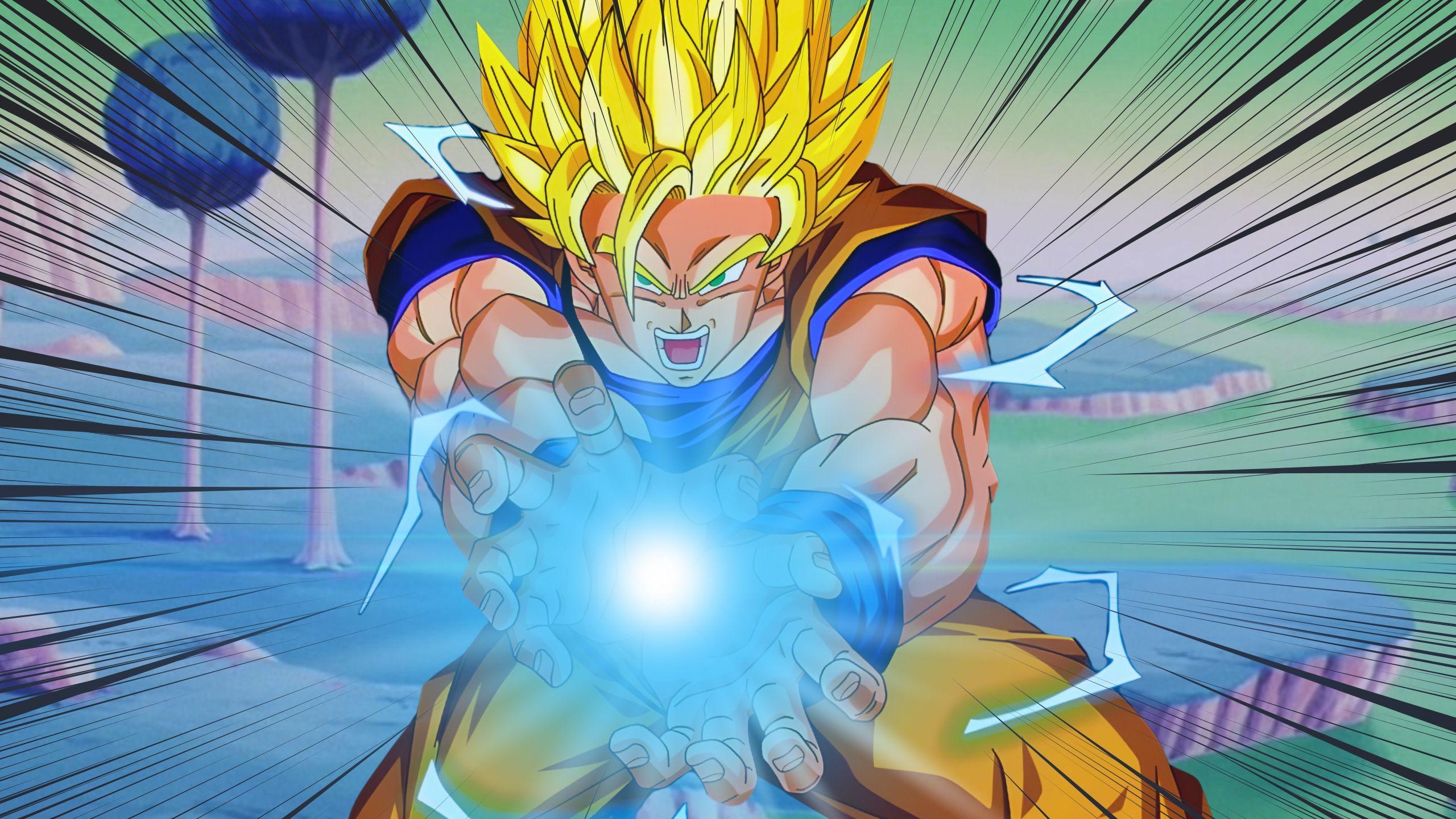
Akira Toriyama’s Dragon Ball franchise is one of the most financially successful media empires ever created, generating an estimated $27–30 billion in revenue. Starting as a manga in 1984, it grew into the popular series Dragon Ball Z, GT, and Super, becoming incredibly influential. Even today, Goku’s iconic look – spiky hair and orange uniform – remains popular, especially around Halloween, making him a universally recognizable character.
Similar to Pokémon, Dragon Ball focuses on storytelling and action, appealing to a different group of fans. For many, Dragon Ball was their first experience with anime, but Goku isn’t as widely recognized as Hello Kitty. Hello Kitty’s appeal was simpler – people loved her because she was a cute cat, without needing to know anything about anime or even Japan. Both Dragon Ball and Hello Kitty became huge cultural phenomena and generated a lot of money, but Goku is celebrated as a legendary character, while Hello Kitty is a beloved icon.
Hello Kitty’s popularity is different from shows like Pokémon, Dragon Ball, Demon Slayer, and Jujutsu Kaisen. Those series rely on storylines, but Hello Kitty is famous simply as an image – a symbol of cuteness and kindness. Her simple design is instantly known around the world and has remained popular for over 50 years. She’s become a cultural icon, sparked discussions about feminism, inspired fashion, and even represented tourism for the UN. While many characters need a compelling story to succeed, Hello Kitty thrives because she’s friendly, adaptable, and proves that a character doesn’t need a big plot to become truly iconic in a world full of entertainment.
Read More
- Ashes of Creation Rogue Guide for Beginners
- ARC Raiders – All NEW Quest Locations & How to Complete Them in Cold Snap
- Best Controller Settings for ARC Raiders
- Where Winds Meet: How To Defeat Shadow Puppeteer (Boss Guide)
- Ashes of Creation Mage Guide for Beginners
- Where Winds Meet: Best Weapon Combinations
- Eldegarde, formerly Legacy: Steel & Sorcery, launches January 21, 2026
- Berserk Writer Discuss New Manga Inspired by Brutal Series
- Netflix’s One Piece Season 2 Will Likely Follow the First Season’s Most Controversial Plot
- Bitcoin’s Wild Ride: Yen’s Surprise Twist 🌪️💰
2025-11-08 05:40